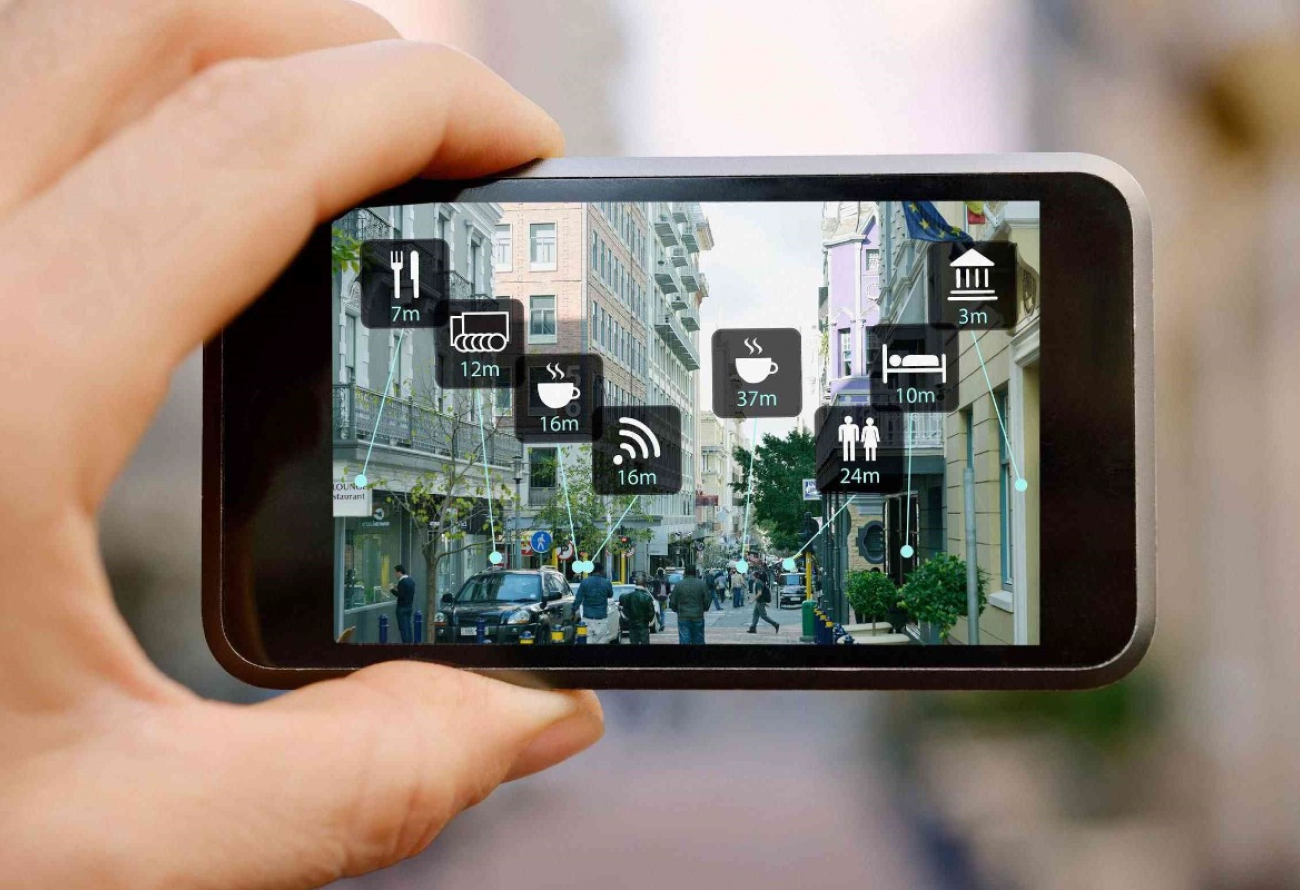
Augmented Reality Applications
Augmented Reality Applications
The value of AR is the way it can interpret, manipulate and enhance the real world view in real time. For example, augmented reality applications where AR can be used and actively used are:
Retail: Perhaps the most important AR application for most users will be in retail apps, particularly “try before you buy.” As more people shop from home and there’s less emphasis on public retail spaces, AR will allow consumers to see how products will look in their own homes before they buy. This can take the guesswork out of the purchasing process. There are already a number of apps, like Ikea, that allow you to place furniture and other products in your own real-world environments.
Mapping and navigation: Business directory app Yelp was an early adopter of AR with its now-defunct Monocle feature. The Monocle overlayed information about local businesses while displaying your immediate surroundings on your phone’s screen. Additional information showed basic information like where nearby restaurants were located and how far away they were. It’s a variation on a head-up display (HUD) — for example, Mercedes-Benz offers a car that overlays navigation information onto the windshield, helping you drive without looking away from the road.
Education: AR is entering the curriculum to enhance traditional learning methods. For example, textbooks can be marked with codes that can display additional content or 3D visualizations when scanned with a smartphone.
Maintenance and industry: AR has great potential in the coming years to significantly reduce reliance on physical technical manuals while also increasing productivity by placing relevant information in a worker’s field of vision while performing maintenance or other tasks. Sufficiently advanced augmented reality applications can not only understand context to display the right information, but also help identify components and workflows using highlights and overlays. BMW, for example, is doing exactly this with a pilot program using AR on its assembly line.
Entertainment and social media: AR also has a lot of potential for entertainment. Magic Leap, for example, is an AR development company that has spent more than $2.6 billion developing AR glasses and an AR technology platform, but continues to attract additional investments without having a commercial product. On a more accessible platform — smartphones — TikTok recently introduced branded AR effects that users can add to their videos. This is undoubtedly just the beginning of a race to create ever more compelling AR experiences that blur the line between real and virtual.

